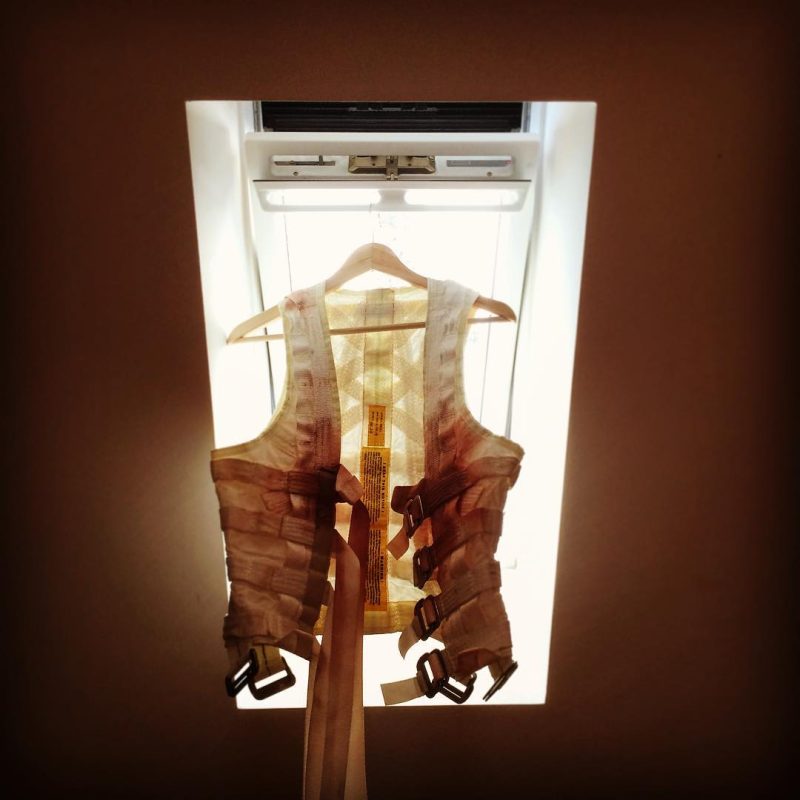Cleaning harness
Since your safety harness helps connect you to the rock, fly on stage or in front of the camera, it is important to evaluate wear and tear on a regular basis. Rules are same for climbing, stunt, zipline or any other king of textile equipment. If there are any doubts in your mind that a harness is unsafe, retire it immediately.
This article covers the basics of harness care.
Obviously, it’s always preferable to just chuck your smelly gear in the washing machine, but we do not recommend using a washing machine to clean a climbing harness. Though some brands do say that their harnesses can be washed on a gentle cycle, if you have a top-loading machine, the agitator could erode the webbing of your harness. If you insist on using your washing machine, make sure it’s a front loading machine and follow the manufacturer’s instructions, which should specify a gentle cycle with no spin.
- Rinse your harness in lukewarm water – this may be enough to get it clean.
- If more cleaning is needed, add a squirt of mild dish soap to a sink full of lukewarm water and use a brush to gently scrub your harness clean.
- Rinse your harness again to remove the soapy residue.
- Lay your harness out on a towel or some newspaper to air dry away from direct sunlight.
Let harness dry naturally with no exposing to sun or heating.
Washing your harness is a good time to inspect it for damage. Even if you don’t clean it, you should check your climbing harness regularly for signs of wear and tear and replace it immediately if you spot any fraying. If you don’t climb too often, the general specification from manufacturers is that even without any signs of wear, you should retire your harness after seven years (please refer to your harness manual). However, if you climb regularly you can expect to have to replace it sooner.


